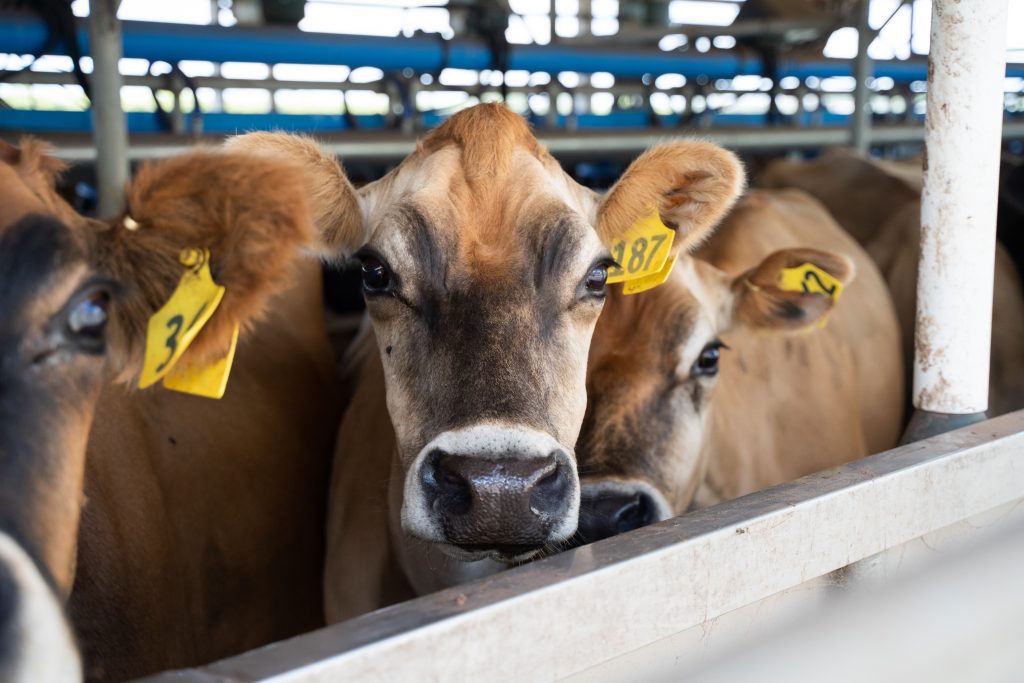Taking a proactive stance in facial eczema management is your best defence against this devastating disease. While every dairy farmer is aware of clinical facial eczema and the potential for harm, there’s a general lack of awareness of the prevalence of subclinical facial eczema, and the harm this does to herd and farm productivity.
Understanding the signs of subclinical facial eczema and the risk levels of your farm go a long way to establishing a comprehensive FE prevention plan.
What is facial eczema?
Facial eczema is caused by a toxic fungus called pithomyces chartarum, which grows on the dead plant matter at the base of summer pastures. The fungus spores produce a toxin that damages the liver and bile ducts, which in turn causes toxins to build up in the body. While clinical FE presents with physical signs – skin reddening and/or peeling, drop in production, restlessness – subclinical FE does not. However, liver damage will be present. There is no cure for facial eczema and recovery is dependent on the level of liver damage.
The cost of FE
A 1998 study estimated an average loss of $6,180 per dairy farm due to just clinical cases of facial eczema. Taking into account that DairyNZ estimates subclinical FE cases to be as high as 10x those of clinical FE cases within the herd, that cost quickly climbs.
A 2019 study run by VetEnt showed FE can cost farmers 0.14-0.35kg milk solids per cow per day, with one farmer in the study losing $125,000 in milk production.

Are you doing enough to protect your herd?
Facial eczema prevention programmes must be multifactorial, including zinc supplementation, pasture treatment, and safe feeding and grazing.
While zinc supplementation is currently the main way of treating facial eczema, a 2014 study of 1200 cows across 105 North Island dairy farms found that approximately 70% of cows weren’t getting enough zinc to provide protection. This can be due to underestimating liveweights, inaccurate dosing, and supplementing with low-quality products.
Zinc supplements work by disrupting the production of liver-damaging toxins, and to be successful, supplements must send zinc directly to the liver. This is best achieved when zinc supplements are in sulphate or oxide forms, instead of chelated.
Certain antifungal sprays can be valuable in pasture treatment, however timing spraying is difficult and can reduce effectiveness.
Determining paddocks with high spore counts and avoiding these during high-risk periods helps in protecting your cattle against FE. In the same 2014 study, 98% of herd managers had access to regional spore count data, but only 33% measured spore counts on their own farms. Investing in pasture sampling with your local vet is the best way to determine spore counts on your farm.
There is no one way to completely guard against facial eczema, but investing in a robust prevention plan will go a long way to reduce your herd’s risk this summer.
Article: Chris Balemi, Agvance Nutrition. First published in Dairy News, December 2023
Sources:
Significant investment underway to help farmers tackle facial eczema
Dairy facial eczema an underrated issue
